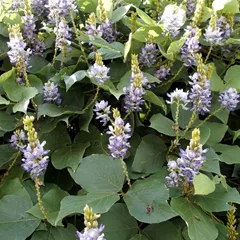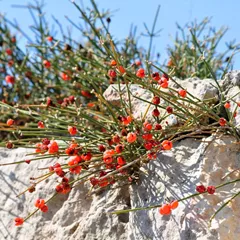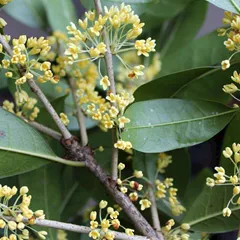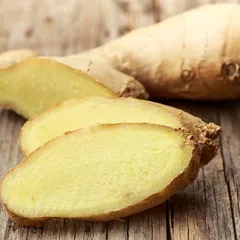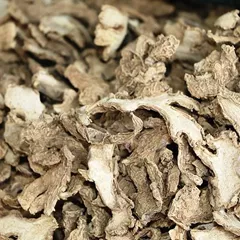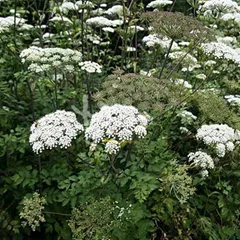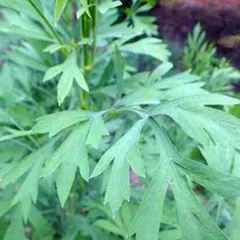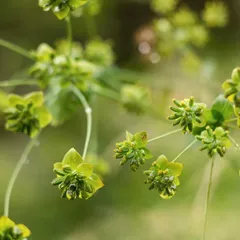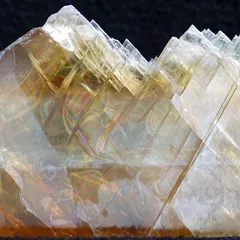Dang Gui Si Ni Tang
Dang Gui Si Ni Tang
Chinese: 当归四逆汤
Pinyin: Dāng Guī Sì Nì Tāng
Other names: Dong Quai Decoction for Frigid Extremities, Angelica Four Rebellious Decoction, Tangkuei Decoction for Frigid Extremities
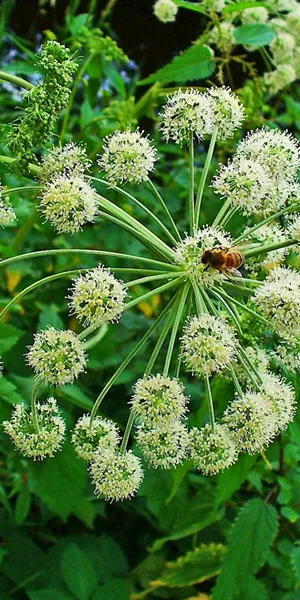
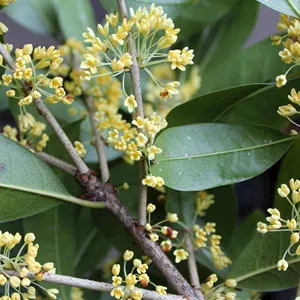
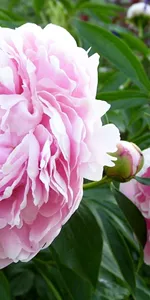
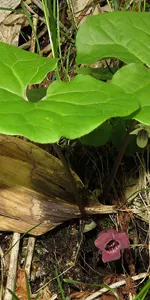
Dang Gui Si Ni Tang
Dang Gui Si Ni Tang
Chinese: 当归四逆汤
Pinyin: Dāng Guī Sì Nì Tāng
Other names: Dong Quai Decoction for Frigid Extremities, Angelica Four Rebellious Decoction, Tangkuei Decoction for Frigid Extremities
Number of ingredients: 7 herbs
Formula category: Formulas that warm Interior Cold
Conditions for which it may be prescribed: FrostbiteImpotenceVaricocele and seven other conditions
- Warms the Channels
- Disperses Cold
- Nourishes the Blood
- Unblocks the Blood vessels
Contraindications: Contraindicated in patients with Fire or Heat Patterns or with Yin Deficiency... Contraindicated in patients with Fire or Heat Patterns or with Yin Deficiency pattern as it can injure Body Fluids further. It should also be used with caution during Hot season such as summer or in warm environment. see more
Source date: 220 AD
Source book: Discussion of Cold Damage
The information provided here is not a replacement for a doctor. You shouldn't use it for the purpose of self-diagnosing or self-medicating but rather so you can have a more informed discussion with a professional TCM practitioner.
Dang Gui Si Ni Tang is a 7-ingredient Chinese Medicine formula with Dong Quai (Dang Gui) and Cinnamon Twigs (Gui Zhi) as principal ingredients.
Invented in 220 AD, it belongs to the category of formulas that warm Interior Cold. Its main actions are: 1) warms the Channels and 2) disperses Cold.
In Chinese Medicine health conditions are thought to arise due to "disharmonies" in the body as a system. These disharmonies are called "patterns" and the very purpose of herbal formulas is to fight them in order to restore the body's harmony.
In this case Dang Gui Si Ni Tang is used by TCM practitioners to fight patterns like Heart Vessel obstructed. From a Western Medicine standpoint, such patterns can give rise to a range of conditions such as vascular headache, raynaud's disease or thromboangiitis obliterans for instance.
On this page, after a detailed description of each of the seven ingredients in Dang Gui Si Ni Tang, we review the patterns and conditions that Dang Gui Si Ni Tang helps treat.
The seven ingredients in Dang Gui Si Ni Tang
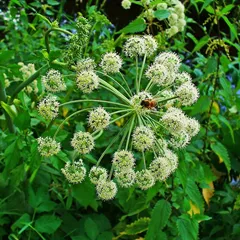
Dang Gui is a king ingredient in Dang Gui Si Ni Tang. Like the name indicates, it means it has more power than other ingredients in the formula.
1. Dong Quai (Dang Gui)
Part used: Dried root
Nature: Warm
Meridian affinity: HeartLiverSpleen
Category: Tonic herbs for Blood Deficiency
In general Dang Gui's main actions are as follows: "Tonifies the Blood. Lubricates the Intestines. Relieve constipation. Promotes circulation and dispels Bi Pain. Reduce Dysmenorrhea and help with irregular menstruation."
In the context of Dang Gui Si Ni Tang, it is used because it is acrid, sweet, and warming. It tonifies and invigorates the Blood to disperse Cold.
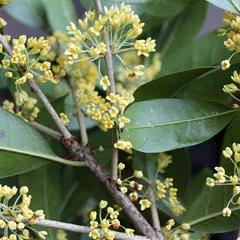
Gui Zhi is a king ingredient in Dang Gui Si Ni Tang. Like the name indicates, it means it has more power than other ingredients in the formula.
2. Cinnamon Twigs (Gui Zhi)
Gui Zhi warms the Channels and disperses Cold from the nutritive Qi. In addition, together with White peony root, they harmonize the protective and nutritive Qi so as to eliminate Cold from the more superficial levels of the body.
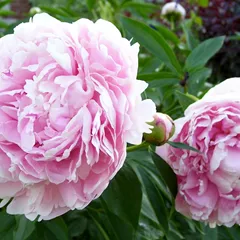
Bai Shao is a deputy ingredient in Dang Gui Si Ni Tang. This means it helps the king ingredient(s) treat the main pattern or it serves to treat a coexisting pattern.
3. White Peony Roots (Bai Shao)
Part used: Dried root
Nature: Neutral
Meridian affinity: LiverSpleen
Category: Tonic herbs for Blood Deficiency
Bai Shao strengthens the key ingredient Dong Quai's Blood tonifying effect. In addition, together with Cinnamon twigs, they harmonize the protective and nutritive Qi so as to eliminate Cold from the more superficial levels of the body.
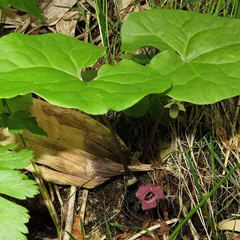
Xi Xin is a deputy ingredient in Dang Gui Si Ni Tang. This means it helps the king ingredient(s) treat the main pattern or it serves to treat a coexisting pattern.
4. Wild Ginger (Xi Xin)
In general Xi Xin's main actions are as follows: "Relieves the Exterior and warms the Yang. Expels Cold and relieves pain. Warms the Lungs and reduces Phlegm. Moves the Qi and disperses Phlegm to open the nasal passages."
In the context of Dang Gui Si Ni Tang, it is used because it , together with Cinnamon twigs, disperses both Internal and External Cold.
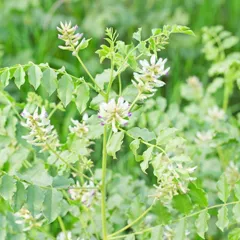
Gan Cao is an assistant ingredient in Dang Gui Si Ni Tang. This means that it either serves to reinforces the effect of other ingredients or it moderates their toxicity.
5. Liquorice (Gan Cao)
Part used: Dried root and rhizome
Nature: Neutral
Taste(s): Sweet
Meridian affinity: HeartLungSpleenStomach
Category: Tonic herbs for Qi Deficiency
Gan Cao supports Qi and strengthens the Spleen. It assists Dong Quai and White peony root in tonifying the Blood. It also helps Cinnamon twigs and Wild ginger in facilitating Qi flow.
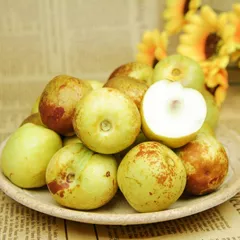
Da Zao is an assistant ingredient in Dang Gui Si Ni Tang. This means that it either serves to reinforces the effect of other ingredients or it moderates their toxicity.
6. Jujube Dates (Da Zao)
Part used: Dried ripe fruit
Nature: Warm
Taste(s): Sweet
Meridian affinity: SpleenStomach
Category: Tonic herbs for Qi Deficiency
Da Zao supports Qi and strengthens the Spleen. It assists Dong Quai and White peony root in tonifying the Blood. It also helps Cinnamon twigs and Wild ginger in facilitating Qi flow.
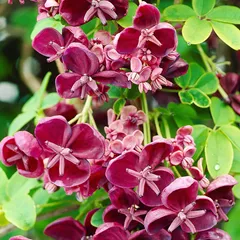
Mu Tong is an envoy ingredient in Dang Gui Si Ni Tang. This means that it directs the formula towards certain area of the body and/or harmonizes the actions of other ingredients.
7. Akebia Stems (Mu Tong)
Part used: Dried stem
Nature: Cold
Taste(s): Bitter
Meridian affinity: HeartLungSmall intestine
Category: Herbs that drain Dampness
Mu Tong facilitates flows inside channels and vessels. It also balances the warming effect of other ingredients by removing any excessive Heat. This strengthens the actions of the other ingredients and focuses their effects on the channels and vessels.
Dang Gui Si Ni Tang is used to treat Heart Vessel obstructed
It's important to remember that herbal formulas are meant to treat patterns, not "diseases" as understood in Western Medicine. According to Chinese Medicine patterns, which are disruptions to the body as a system, are the underlying root cause for diseases and conditions.
As such Dang Gui Si Ni Tang is mostly used to treat the pattern "Heart Vessel obstructed" which we describe below.
But before we delve into Heart Vessel obstructed here is an overview of the Western conditions it is commonly associated with:
Vascular headache Raynaud's disease Thromboangiitis obliterans Frostbite Impotence Varicocele Scleroderma Takayasu's arteritis Basilar artery insufficiency Coronary artery insufficiency
Again it wouldn't be correct to say "Dang Gui Si Ni Tang treats vascular headache" for instance. Rather, Dang Gui Si Ni Tang is used to treat Heart Vessel obstructed, which is sometimes the root cause behind vascular headache.
Now let's look at Heart Vessel obstructed, a pattern that TCM practitioners commonly treat with Dang Gui Si Ni Tang.
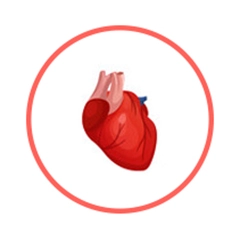
The Heart is a so-called "Zang" Organ. Learn more about the Heart in Chinese Medicine
Heart Vessel obstructed
Pulse type(s): Choppy (Se), Knotted (Jie), Slippery (Hua), Wiry (Xian)
Symptoms: Phlegm Depression Heart pain Chest pain Purple lips Purple face Palpitations Purple nails Restlnessness Frequent sighing Aversion to speak Shortness of breath Cold hands and feet Feeling of heaviness Feeling of oppression of the chest
Dang Gui Si Ni Tang is sometimes prescribed by TCM practitioners to treat Heart Vessel obstructed. This pattern leads to symptoms such as palpitations, shortness of breath, depression and restlnessness. Patients with Heart Vessel obstructed typically exhibit choppy (Se), knotted (Jie), slippery (Hua) or wiry (Xian) pulses.
This is a complicated pattern as it is the combination of four other patterns and their features at the same time: Phlegm, Heart Blood Stagnation, Heart Qi Stagnation, and Cold.
If Phlegm is the dominant one out of the above four patterns, the pulse is rather Slippery instead of Wiry, Choppy or... read more about Heart Vessel obstructed
Formulas similar to Dang Gui Si Ni Tang
Ge Gen Tang is 57% similar to Dang Gui Si Ni Tang
Gui Zhi Tang is 57% similar to Dang Gui Si Ni Tang
Xiao Qing Long Tang is 50% similar to Dang Gui Si Ni Tang
Juan Bi Tang is 44% similar to Dang Gui Si Ni Tang
Xiao Yao San is 43% similar to Dang Gui Si Ni Tang
Da Qing Long Tang is 43% similar to Dang Gui Si Ni Tang

